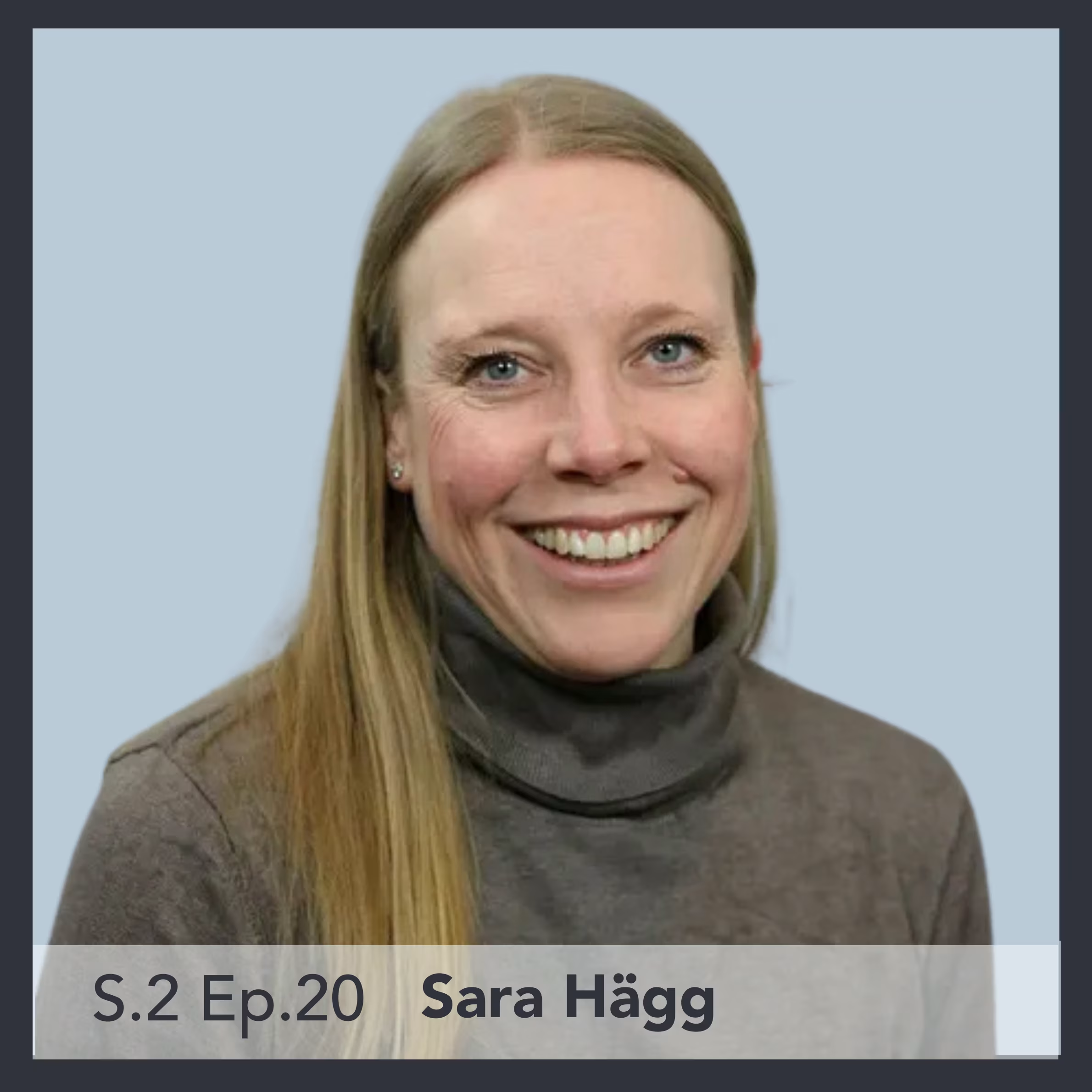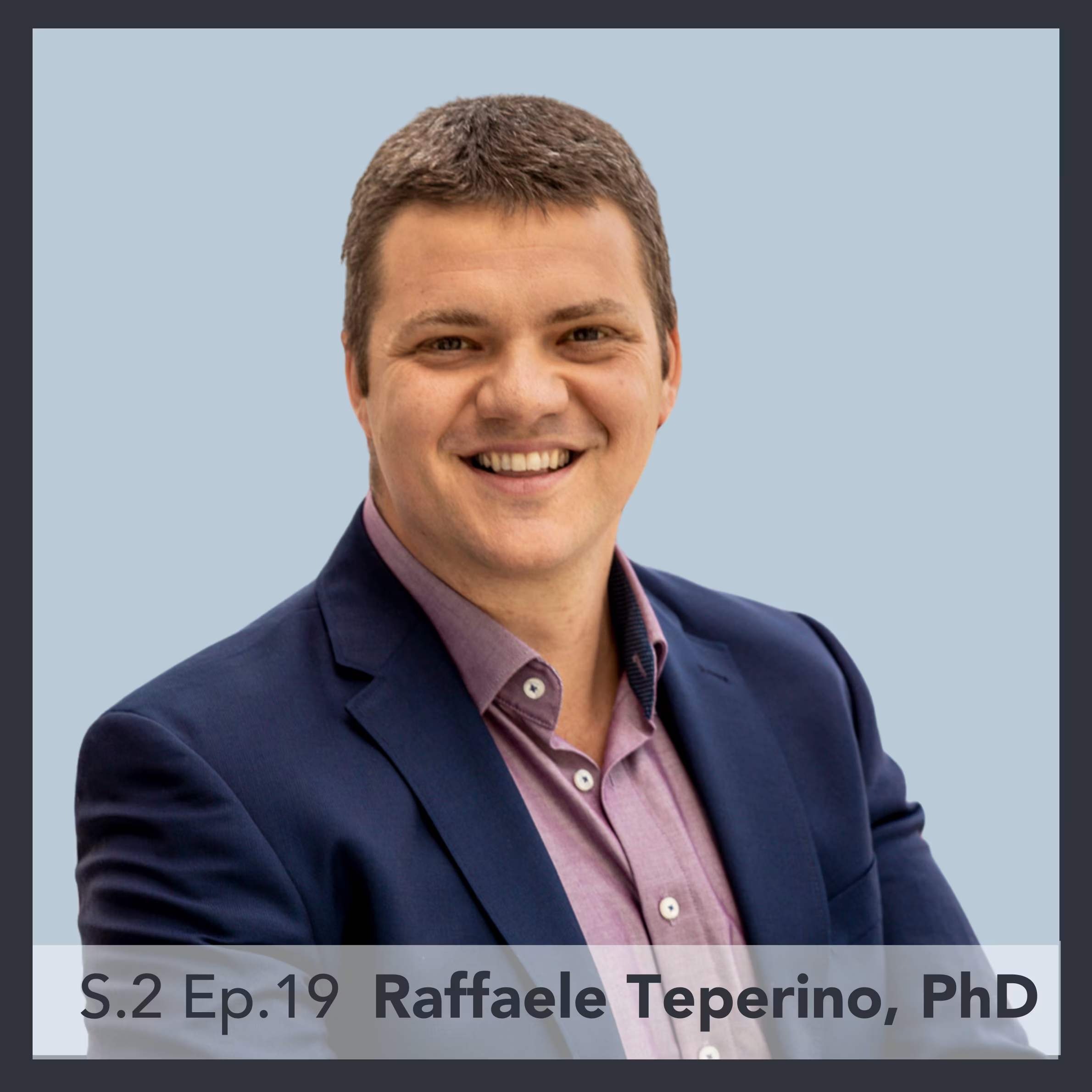You may be familiar with polygenic risk scores (PRS), but have you ever heard of methylation risk scores (MRS)?
MRS are crucial to understand, as they’re a tool that quantifies DNA methylation levels at specific genomic regions linked to particular conditions, shedding light on the potential impact of epigenetic modifications on disease susceptibility.
In contrast, PRS calculates an individual’s genetic disease risk by considering multiple genetic variants across the genome, often identified through genome-wide association studies.
While PRS offers valuable insights into genetic predisposition for complex diseases such as heart disease and diabetes, it has its limitations, including the risk of false positives and challenges in clinical interpretation.
The choice between MRS and PRS depends on the specific disease or research context and the available data, as both scores provide unique perspectives on disease risk.
In this week’s Everything Epigenetics podcast, Dr. Michael Thompson and I chat about the importance and benefits of MRS, how to calculate such scores, and how these scores compare to PRS. For example, in his recent paper, Mike discovered that MRS significantly improved the imputation of 139 outcomes, whereas the PRS improved only 22.
We focus on the results from a study Mike published last year that showed MRS are associated with a collection of phenotypes with electric health record systems. Mike’s work added significant MRS to state-of-the-art EHR imputation methods that leverage the entire set of medical records, and found that including MRS as a medical feature in the algorithm significantly improves EHR imputation in 37% of lab tests examined (median R2 increase 47.6%). His publicly available results show promise for methylation risk scores as clinical and scientific tools.
Mike is currently in Barcelona working on using artificial intelligence to map and learn the biological effects of mutating everything (and anything) in every single position from a genetic variant to the change in splicing or to some other interesting phenotype.
In this podcast you’ll learn about:
– How Mike got into the field of Epigenetics
– What epigenetics means to Mike
– Mike’s interesting background starting with his undergraduate journey to his graduate and postgraduate studies
– The importance and limitations of electronic health records (EHR)
– The importance and benefits of methylation risk scores (MRS)
– The importance and limitations of polygenic risk scores (PRS)
– How MRS compares to polygenic risk scores (PRS)
– Mike’s paper titled “Methylation risk scores are associated with a collection of phenotypes within electronic health record systems” and what prompted this investigation
– How you create an MRS
– Why we don’t see MRS commercialized quite yet
– The EHR-derived phenotypes spanning medications, labs, and diagnoses that Mike investigated
– Future application of MRS
– The future of Mike’s career




